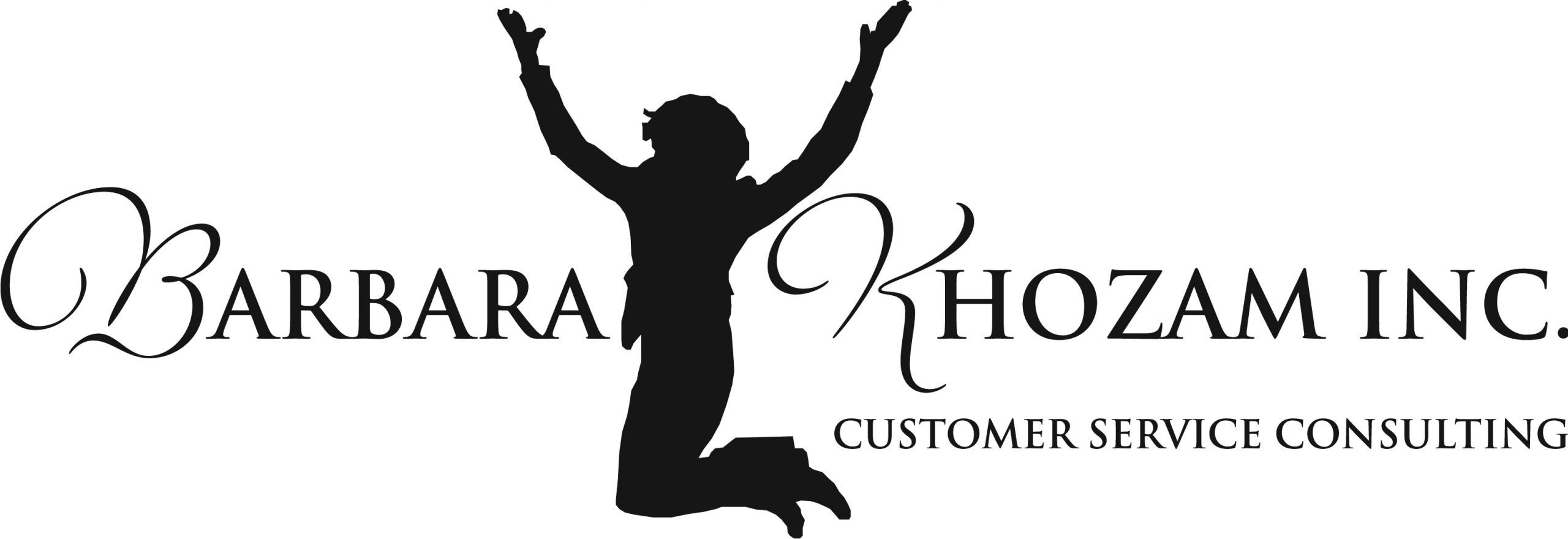I couldn’t believe it! I had a great telephone conversation with a customer service agent at my bank. I am so accustomed to poor treatment that gets me extremely frustrated that this last experience took me by surprise. It was one of those experiences that leaves you thinking, “Hmmm, that was good.”
After I replayed the conversation in my mind, I quickly realized that the key to the agent’s success was a simple strategy: explanations. Throughout the entire phone call, she explained what was happening and why.
For example:
• When she answered the phone, she said, “Thank you for calling XYZ Bank. This is Erica. There’s one customer ahead of you, would you mind holding?” instead of “XYZ Bank. Can you hold?”
• When she needed to check on a procedure or policy, she said, “I’m going to check on this with my supervisor. Would you mind being placed on brief hold?” instead of “Can you hold?”
• When she needed to verify my personal information, she said, “For your safety and security, could you please tell me the last four of your social?” instead of “Last four of your social?”
At each step, I was glad to oblige because I knew exactly why she was asking a question. In my years of consulting and speaking on customer service, I’ve found that customers get frustrated when they don’t know what’s going on in an interaction. They feel lost, alone, and misunderstood – a bad emotional recipe for frustration.
It’s no wonder that the number one reason leading to complaints is UNMET EXPECTATIONS. We can circumvent this underlying problem by communicating clearly and succinctly, avoiding unneccessary surprises to customers. Clear, concise communication relieves customers’ anxiety levels, making them feel more at ease in your interactions with them. This is especially important when relaying time frames. For example, saying that “Someone will call you later” can mean 5 minutes to one person and 10 hours to someone else. Instead, try being more concise: “Someone will call you before 4pm today. If you don’t hear anything by then, please call back and ask for me. My name is Barbara. And please note that we close at 5pm.” This sets a very clear expectation and time frame, and it gives the customer the power and control to call back if need be.
Strategies that Turn it Around:
1. When communicating with customers, explain why as often as possible: when you have to put them on hold, when you need to transfer their call, when they need to provide you with personal information, whenever you need customers to do something you want!
2. When communicating time frames, be specific. Avoid words like shortly, ASAP, in a few minutes, and any other words or phrases that can be interpreted in more than one way by different customers.
3. When in doubt, ask your customers what their expectations are. When you know exactly what they expect, you are more able to meet (and exceed) those expectations.
Remember: Customers will get frustrated and anxious due to the fear of losing power and control in a situation. By communicating clearly and concisely, you take out this uncertainty, leaving you with happy customers. When you tell customers why, they’re more likely to comply.
What strategies do YOU use to make sure you’re communicating clearly with YOUR customers? Please share in the comment section below.
